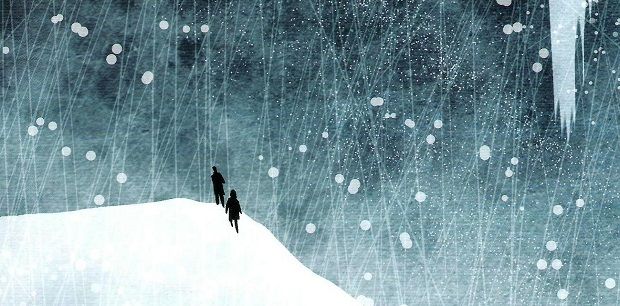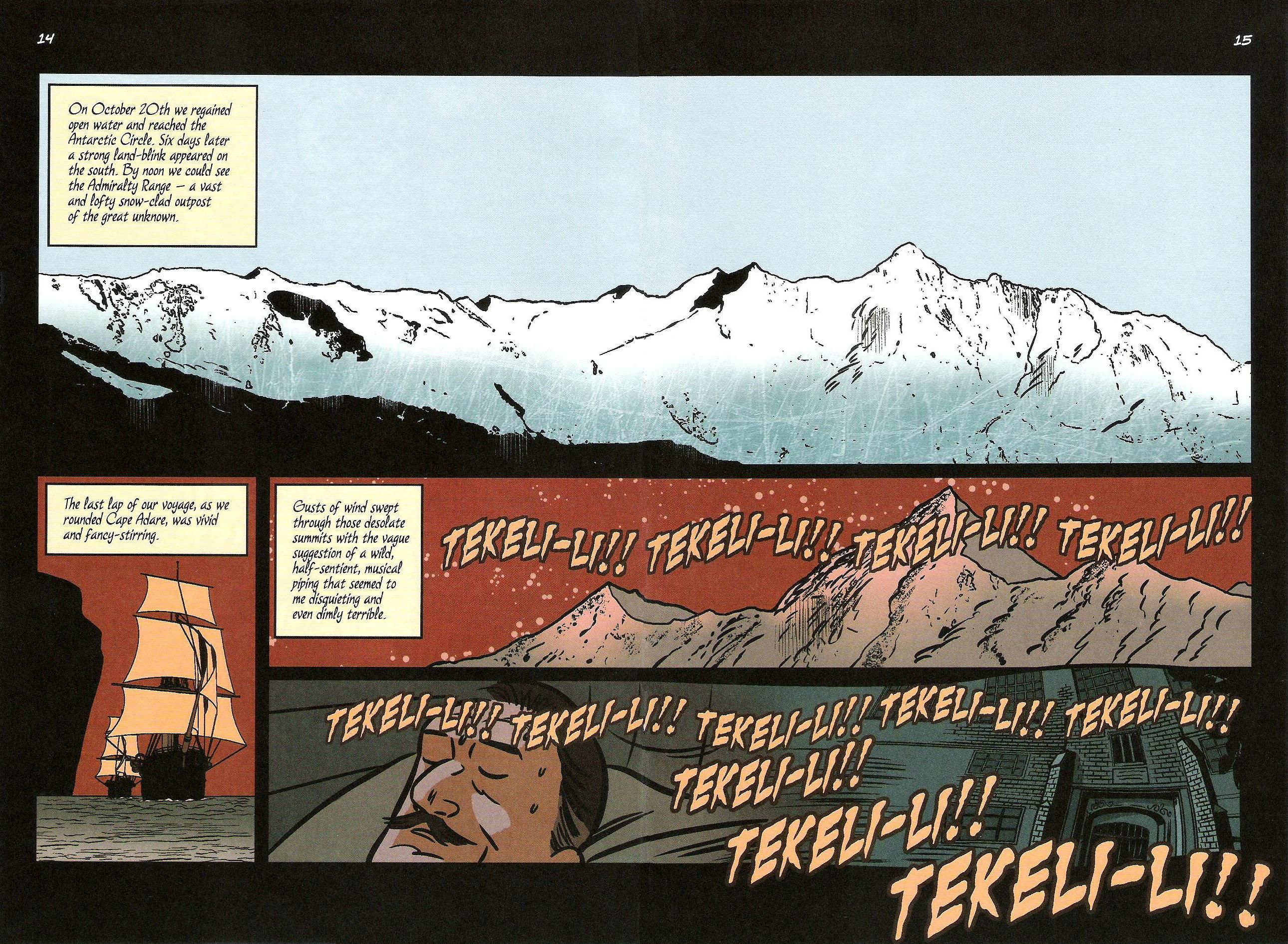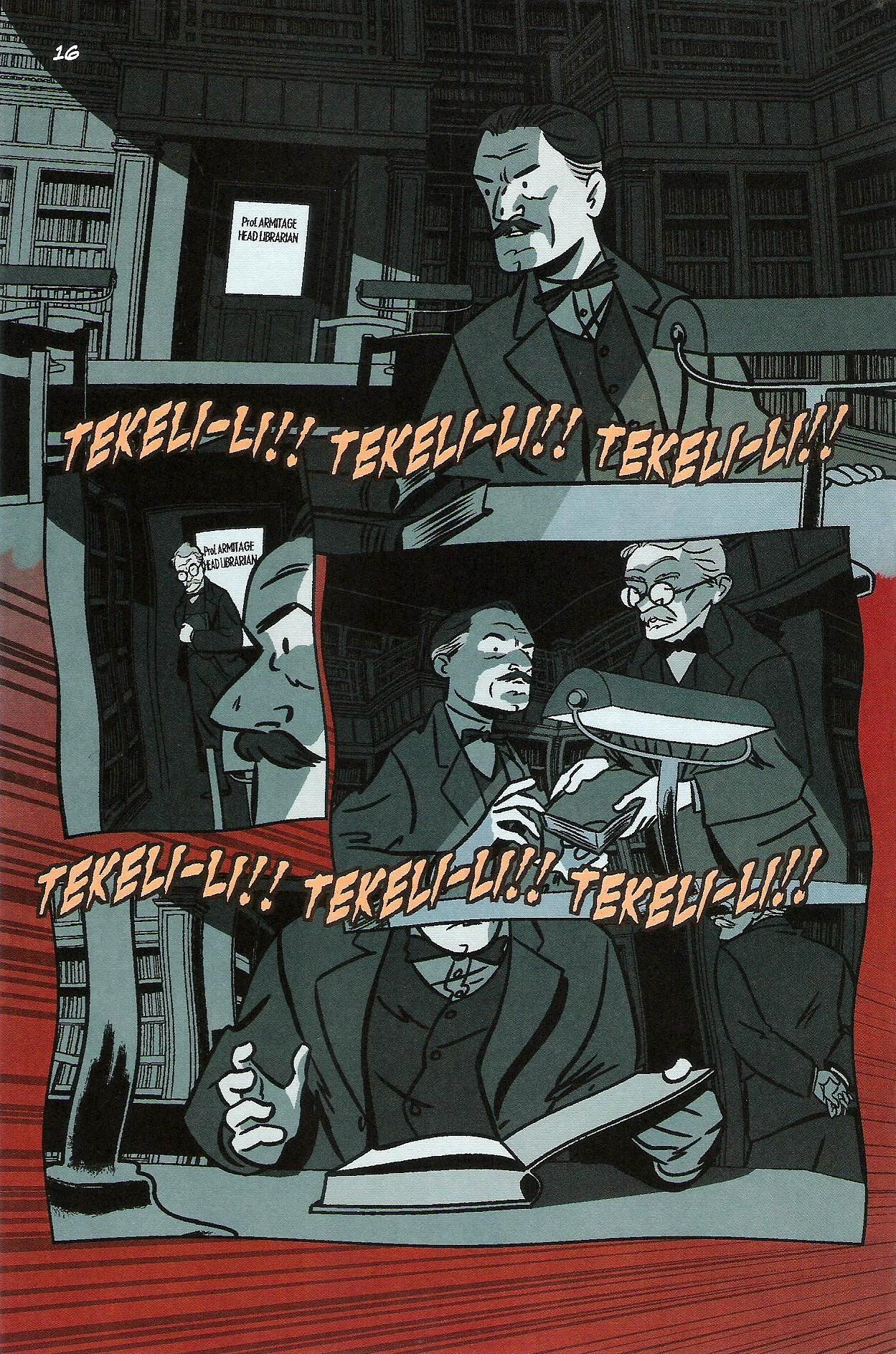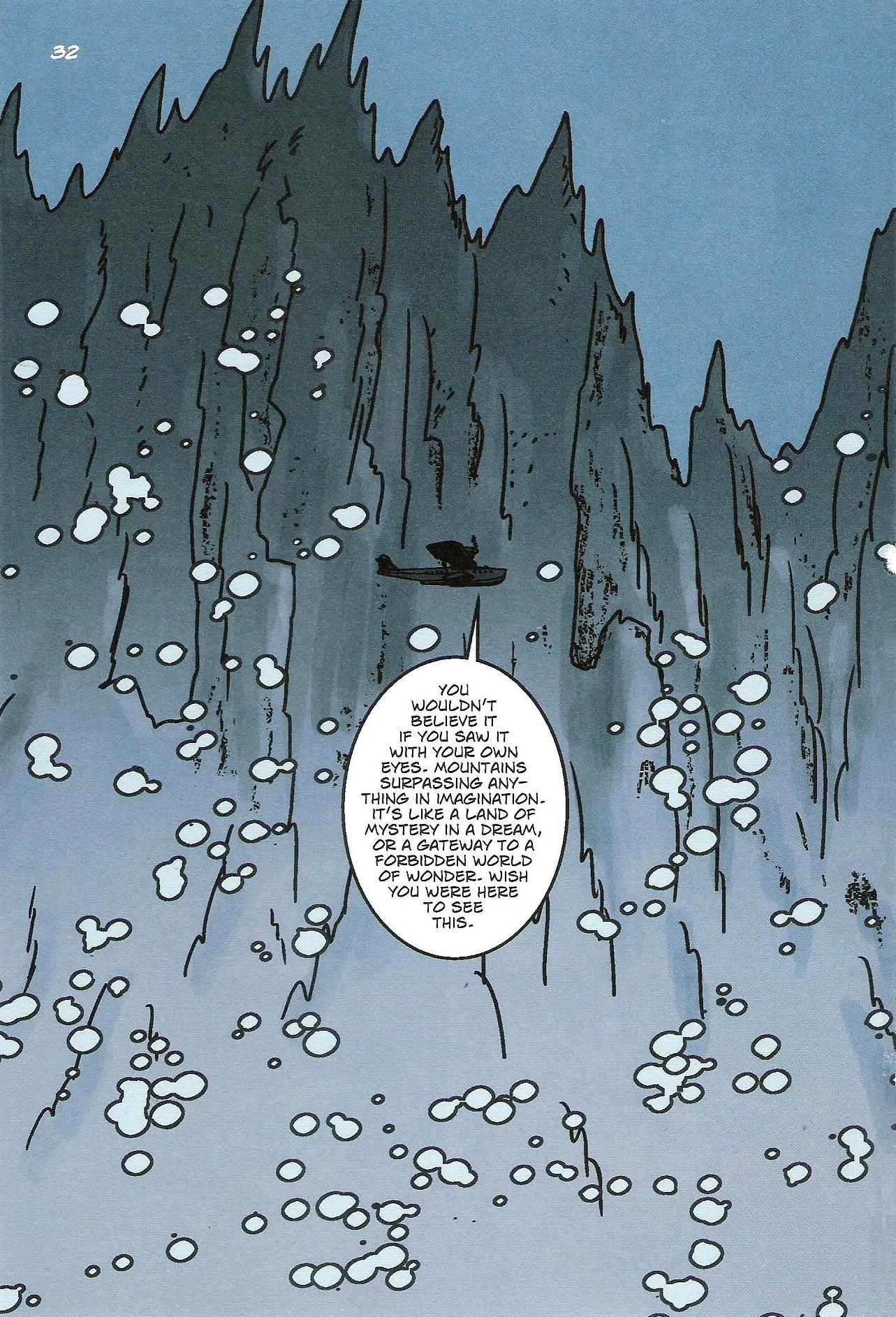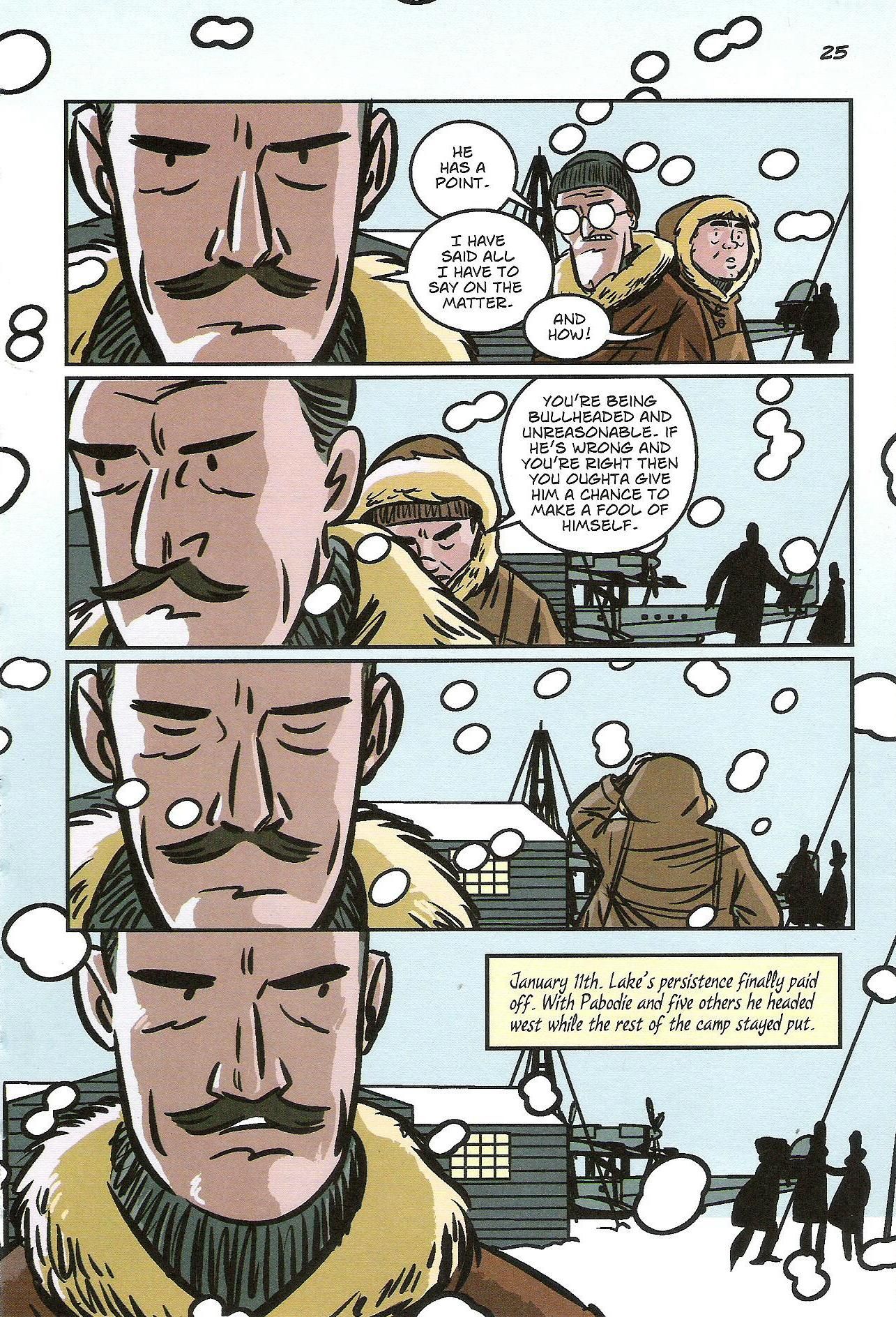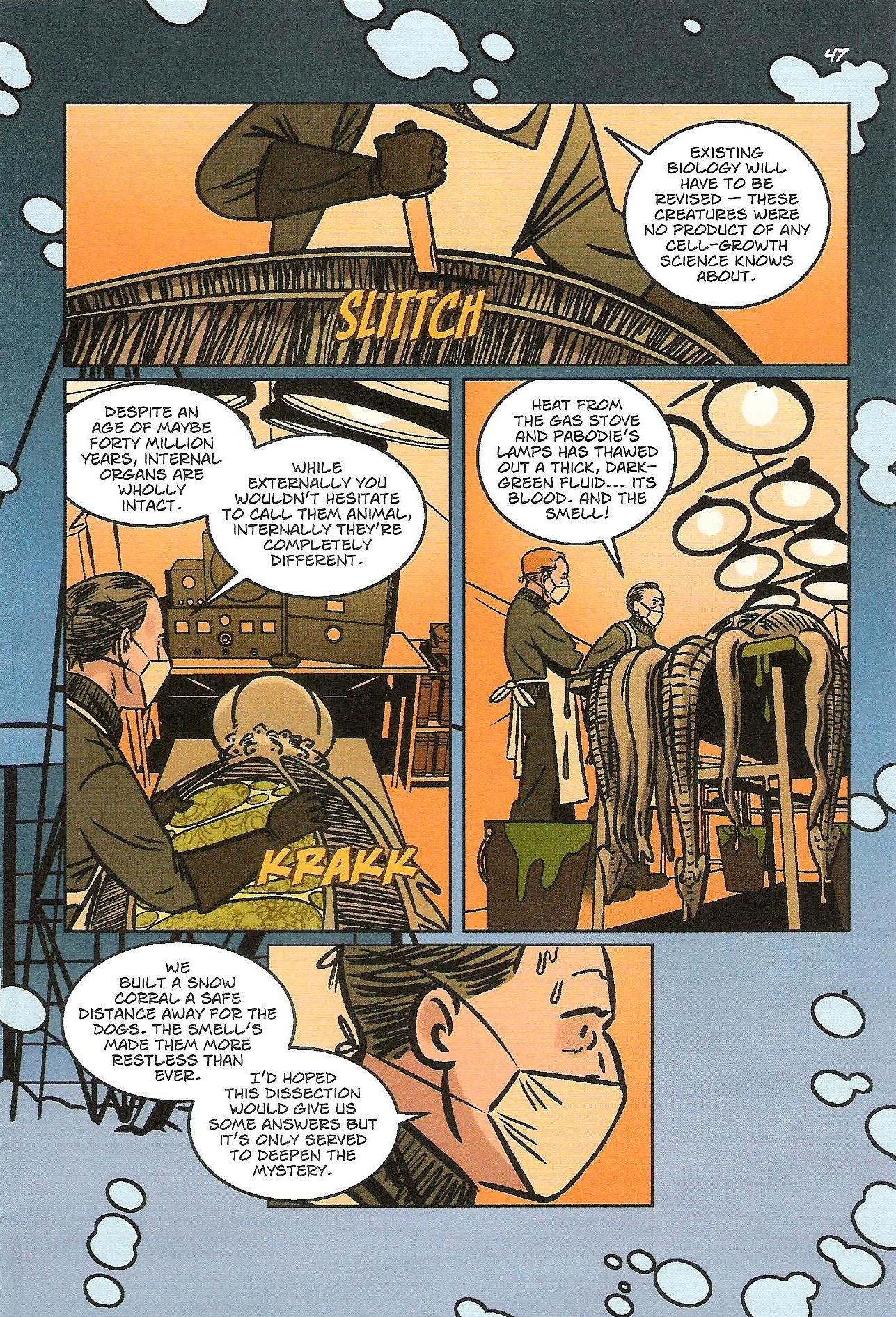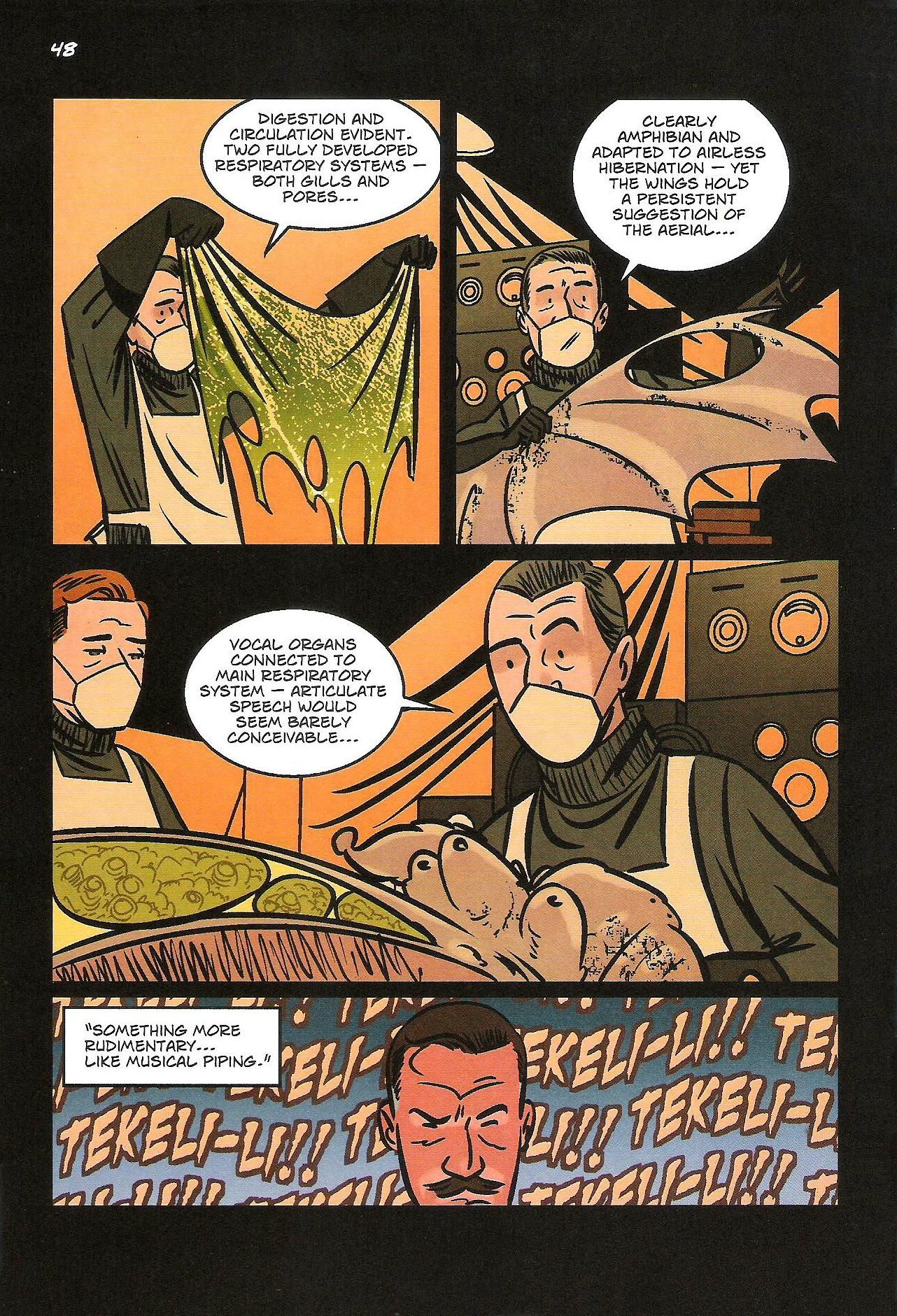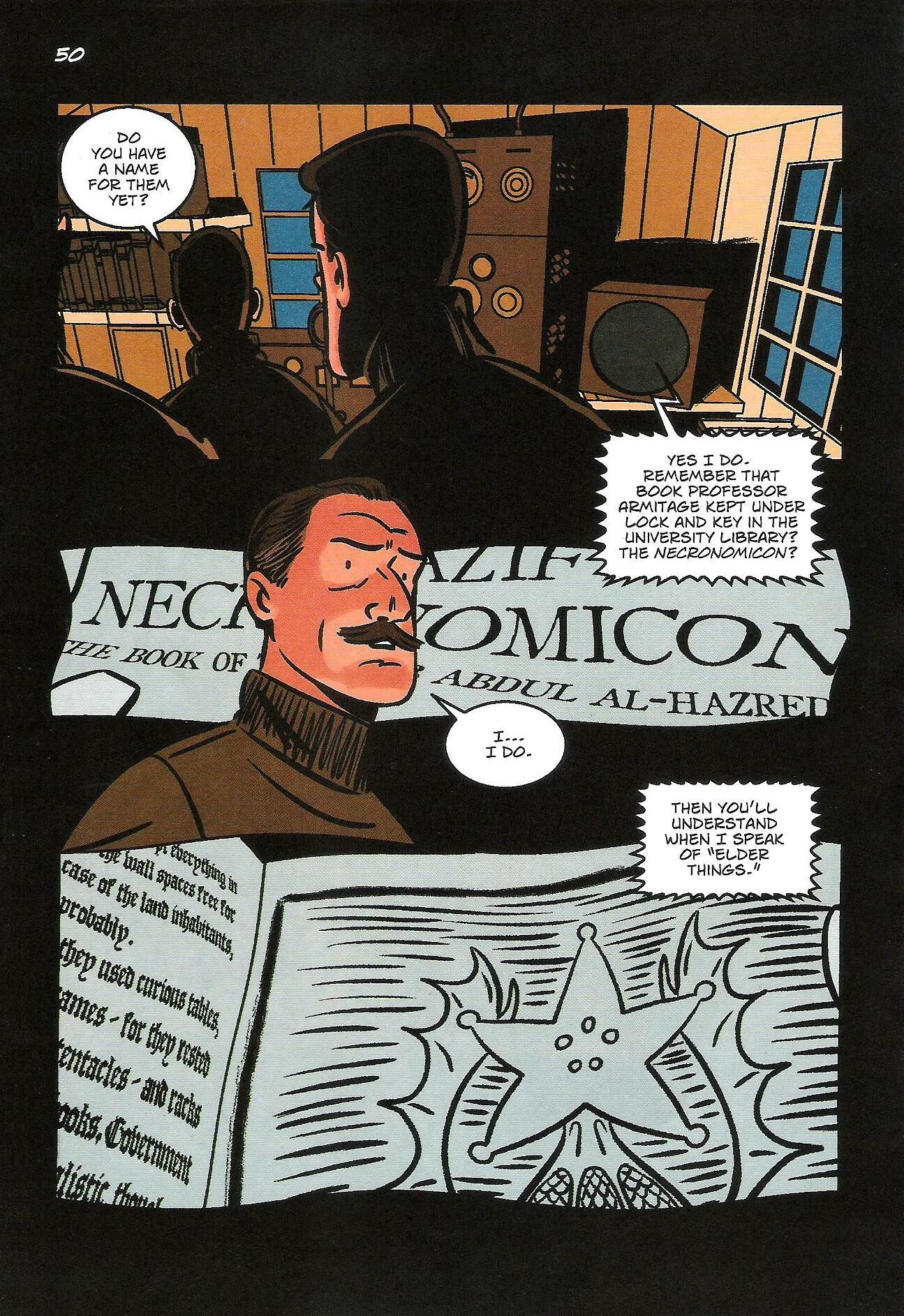In this feature, I ask comic creators that I like a lot to recommend a great comic that they'd like to see spotlighted. They pick the comic and then I write a review of the comic (of course, this runs the risk of them picking a comic that I don't like, but there's so many great comics out there to pick from that I find it hard to believe that that will ever actually happen).
Today's creator is Cullen Bunn, writer and creator of the Eisner Award nominated series The Sixth Gun, as well as Magneto and various Deadpool series at Marvel, Sinestro and Lobo at DC, and Terrible Lizard and Brides of Helheim at Oni (on top of Sixth Gun, of course). He also has his own hosted forum at Comic Book Resources! Cullen recommends I. N. J. Culbard's 2010 adaptation of H.P. Lovecraft's At the Mountains of Madness.
When it comes to adaptations, it obviously helps when the story you are adapting is a great story, and I.N.J. Culbard picked a great one for his At the Mountains of Madness, adapting the well-regarded H.P. Lovecraft tale of horror in the hidden areas of Antarctica.
The thing that impresses me the most about At the Mountains of Madness is the way that Culbard paces the story.
One of the scientists in the story (I suppose the lead protagonist, although oddly enough NOT the person who inspires the flashback at the beginning of the story - someone sees a newspaper headline and it inspires him to reflect back to the events that make up the bulk of the story) is haunted by thoughts of the Necronomicon as his journey begins (by the way, has any writer ever had a recurring bit as cool as the Necronomicon in Lovecraft stories?). Check out how Culbard uses the increased panels as well as the increased lettering sizes clearly dictate the pace of the reading of the story. This was something I admired in last week's featured comic (Jillian Tamaki and Mariko Tamaki's This One Summer) and it is evident here, as well...
The key to this story, both in Lovecraft's day and in Culbard's adaptation, is the sense of isolation. That works for most horror stories - it is bad enough when some crazy stuff goes down. When it goes down when you're isolated with the bad stuff? That's infinitely more horrible.
And at the time he was writing this, Lovecraft couldn't think of anything more isolating than Antarctica, and Culbard brings that feeling across beautifully in this story, showing just how vast and alone the scientists on this Antarctic expedition truly are...
I also love the hesitation from our lead scientist, Bill Dyer (who narrates the story), to the further sub-expeditions led by his colleague Professor Lake...
Lake and his crew come across some mysterious creatures that are seemingly dead. He begins to autopsy them...
As you might imagine, things don't go well for Lake and his crew from that point forward. This leads to a series of horrific events and also the uncovering of some amazing pieces of hidden history. I don't want to spoil too much. This story really needs to be seen to be appreciated.
Culbard does a magnificent job in adapting this story. If you're even slightly interested in Lovecraft, or even just want to give him a shot if you are unfamiliar with his works, then you should pick up this graphic novel.

